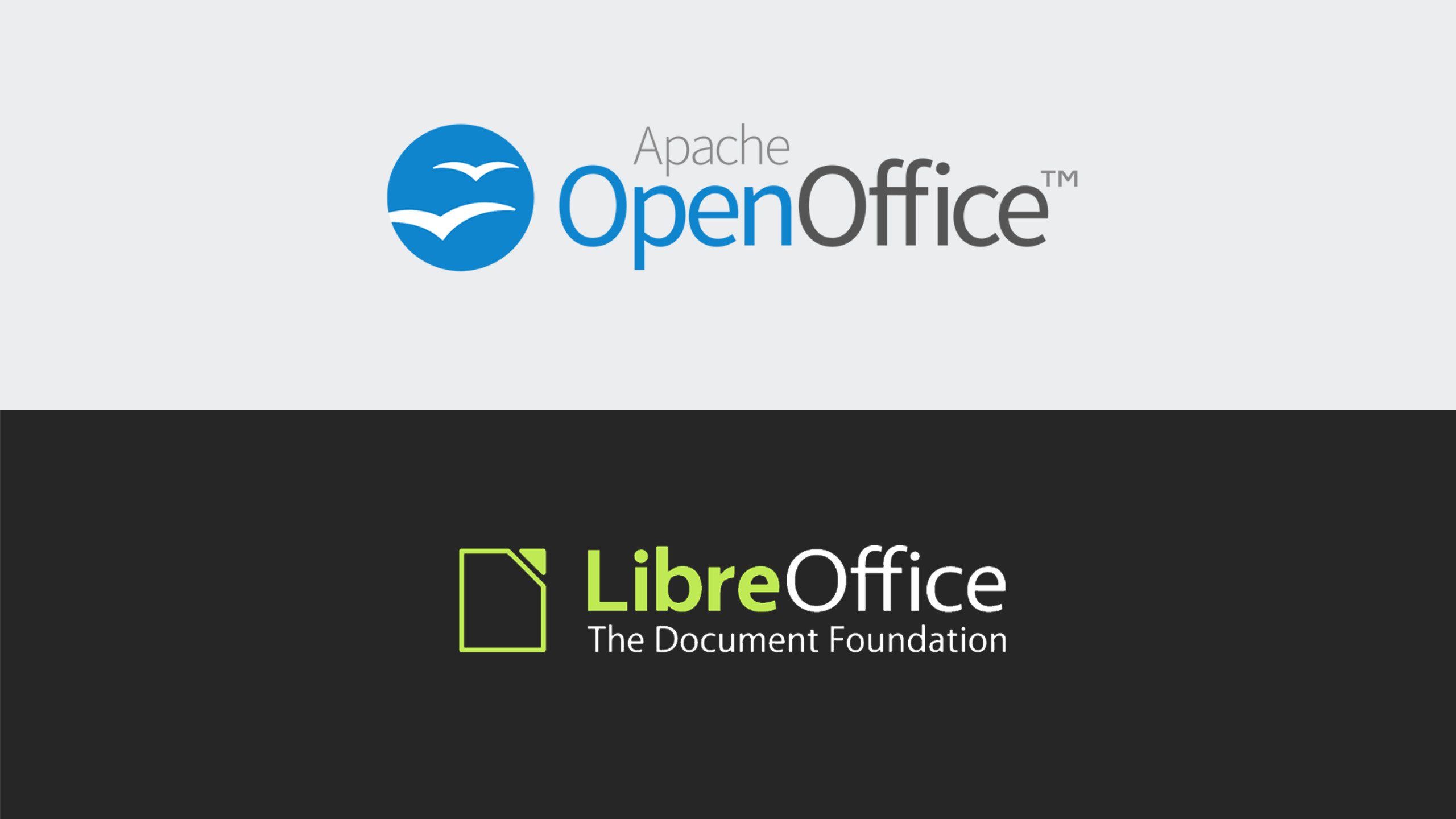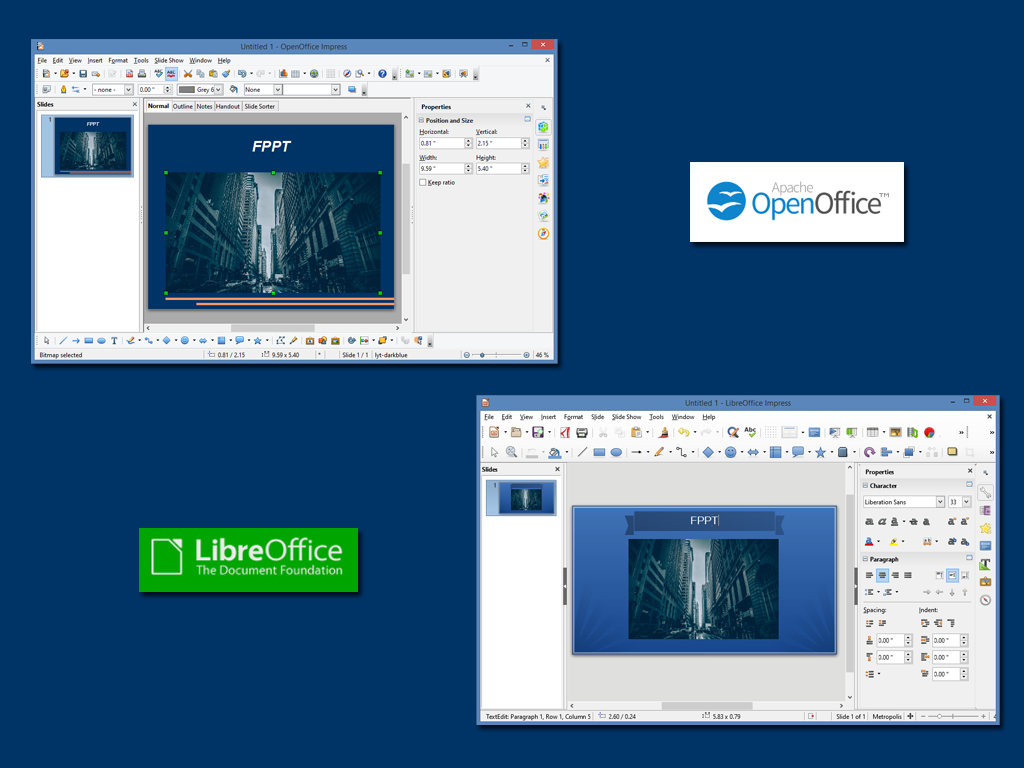

- #APACHE OPENOFFICE VS LIBREOFFICE 2015 WINDOWS 10#
- #APACHE OPENOFFICE VS LIBREOFFICE 2015 SOFTWARE#
- #APACHE OPENOFFICE VS LIBREOFFICE 2015 CODE#
- #APACHE OPENOFFICE VS LIBREOFFICE 2015 TV#
In addition to his extensive writing experience, Chris has been interviewed as a technology expert on TV news and radio shows. The company's project was later reportedly shut down by the U.S. A wave of negative publicity ensued, with coverage on BuzzFeed News, CNBC, the BBC, and TechCrunch. At CES 2018, he broke the news about Kodak's "KashMiner" Bitcoin mining scheme with a viral tweet. Starting in 2015, Chris attended the Computer Electronics Show (CES) in Las Vegas for five years running. His work has even appeared on the front page of Reddit.Īrticles he's written have been used as a source for everything from books like Team Human by Douglas Rushkoff, media theory professor at the City University of New York's Queens College and CNN contributor, to university textbooks and even late-night TV shows like Comedy Central's with Chris Hardwick.
#APACHE OPENOFFICE VS LIBREOFFICE 2015 WINDOWS 10#
His roundups of new features in Windows 10 updates have been called "the most detailed, useful Windows version previews of anyone on the web" and covered by prominent Windows journalists like Paul Thurrott and Mary Jo Foley on TWiT's Windows Weekly. Instructional tutorials he's written have been linked to by organizations like The New York Times, Wirecutter, Lifehacker, the BBC, CNET, Ars Technica, and John Gruber's Daring Fireball. The news he's broken has been covered by outlets like the BBC, The Verge, Slate, Gizmodo, Engadget, TechCrunch, Digital Trends, ZDNet, The Next Web, and Techmeme. Beyond the column, he wrote about everything from Windows to tech travel tips. He founded PCWorld's "World Beyond Windows" column, which covered the latest developments in open-source operating systems like Linux and Chrome OS. He also wrote the USA's most-saved article of 2021, according to Pocket.Ĭhris was a PCWorld columnist for two years. Beyond the web, his work has appeared in the print edition of The New York Times (September 9, 2019) and in PCWorld's print magazines, specifically in the August 2013 and July 2013 editions, where his story was on the cover. With over a decade of writing experience in the field of technology, Chris has written for a variety of publications including The New York Times, Reader's Digest, IDG's PCWorld, Digital Trends, and MakeUseOf. Chris has personally written over 2,000 articles that have been read more than one billion times-and that's just here at How-To Geek. Most Linux distributions, including Ubuntu, switched their bundled office suite from to LibreOffice.Ĭhris Hoffman is the former Editor-in-Chief of How-To Geek.
#APACHE OPENOFFICE VS LIBREOFFICE 2015 CODE#
LibreOffice was a fork of and is built on the original code base. Most outside volunteers - including the contributors to Go-oo, who contributed a set of enhancements used by many Linux distributions - left the project and formed LibreOffice. They renamed the proprietary StarOffice office suite to "Oracle Open Office," as if they wanted to cause confusion, and then discontinued it. In 2011, Sun Microsystems was acquired by Oracle. The project continued with help from Sun employees and volunteers, offering the free office suite to everyone - including Linux users.
#APACHE OPENOFFICE VS LIBREOFFICE 2015 SOFTWARE#
In 2000, Sun open-sourced the StarOffice software - this free, open-source office suite was known as.

Sun Microsystems acquired the StarOffice office suite in 1999. Understanding why there are two separate office suites built on the same code is only possible if you understand the history here. Related: What Is Open Source Software, and Why Does It Matter? But what's the real difference, and which is the best one? Why Do OpenOffice and LibreOffice Both Exist? Apache OpenOffice and LibreOffice both still exist and are releasing new versions of their competing-but-similar office suites.


 0 kommentar(er)
0 kommentar(er)
